 On the 4th day of Christmas my true love sent to me: 4 index fossils…
On the 4th day of Christmas my true love sent to me: 4 index fossils…
Sometimes when you are studying a geological sequence, the most basic problem you need to address is establishing a reliable chronology – not just how old it is, but how much geological time is spanned not only by the whole sequence, but by specific beds or horizons within it. Only then can you start to examine the possible rates of environmental changes, and correlate them to changes in other sequences in the same region, or around the world. A good chronology needs as many well-dated ‘tie-points’ as possible; dating volcanic material is all well and good, but if your section contains one datable volcanic ash at the top, and all the interesting stuff is happening at the bottom, it’s not particularly helpful.
This is where biostratigraphy comes into its own. Particularly in marine sequences, fossils are much more abundant than datable horizons, and there exist several groups of organisms that provide highly useful and precise time stamps for the rocks they are found within, because they combine a wide geographic range (allowing regional or even global correlations) with fast rates of evolution, such that within quite a short time (geologically – it’s still usually at least a million years or two) some easily distinguishable physical characteristic changes markedly enough that they are classified as another species. These index fossils are therefore wonderful tools for filling in the chronological gaps.
Different index fossils are useful for different periods of earth’s history. One of the more common groups used when studying sediment cores brought up from the seabed (which range in age from 180 million years to essentially modern), are foraminefera, single-celled plankton with hard calcareous shells, and a very large diversity of morphological forms
Going further back in geological time, one of everyone’s favourite fossils, the Ammonoids, are extremely useful index fossils for Late Paleozoic and Mesozoic sequences, such as southern England’s Jurassic Coast. Many different species are easily identified by the different, and often highly intricate. patterns of their sutures – the lines where the walls of the chambers in their shells connect to the outer shell.
For the early Palaeozoic, graptolites – free-floating colonial organisms that populated the world’s oceans in the Ordovician and Silurian periods, between about 490 and 370 million years ago – are firm favourites.
Even generally fossil poor Precambrian rocks may contain potential index fossils, in the form of Acritarchs. This is not a ‘natural’ fossil group, in that everything that is identified as an acritarch is not necessarily closely related in evolutionary terms; a good working definition of them would be ‘organically walled microfossil that we’ve found but can’t really identify, and the ‘Acritarch’ actually means ‘of uncertain origin’. Palaeontologists’ best guess is that they’re probably mainly algal cysts. However, even if this group does contain lots of different ancient single-celled organisms lumped under the same banner, their fossil record stretches back into the Precambrian (the oldest known lived more than 2 billion years ago), possibly allowing for some biostratigraphic correlation between sequences from a time otherwise distinctly lacking in a fossil record, including the Neoproterozoic where I’m currently working.
…3 Helmholtz coils,
2 concordant zircons,
and an APWP.
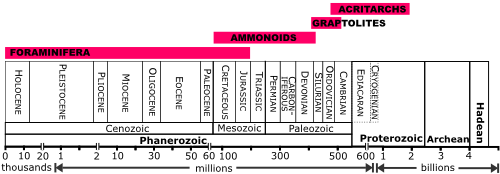
Useful time ranges for index fossils mentioned in this entry





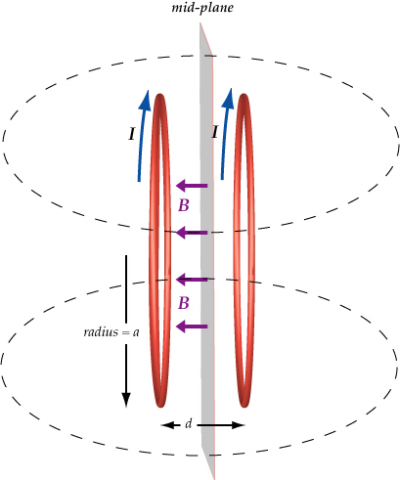

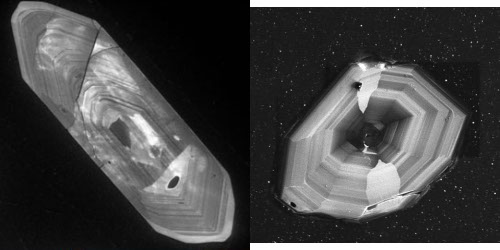
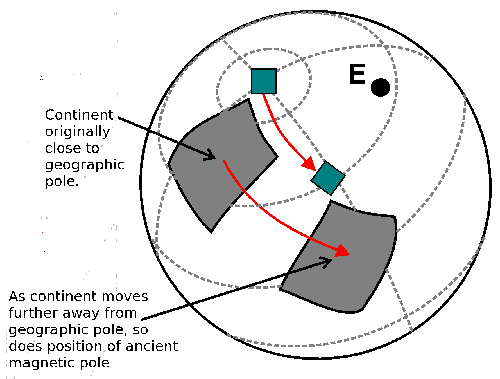
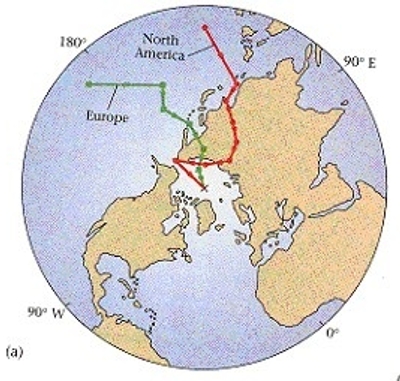
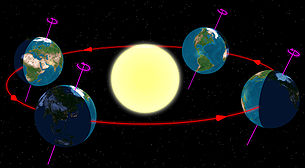



Nice plan for content warnings on Mastodon and the Fediverse. Now you need a Mastodon/Fediverse button on this blog.